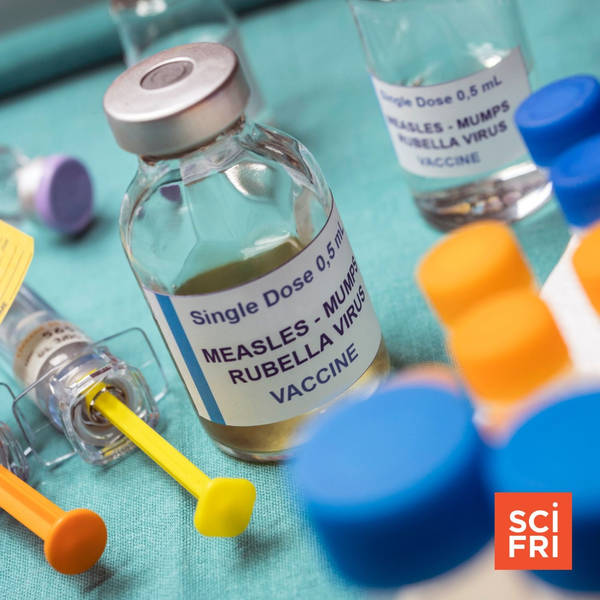
What’s Behind The Measles Outbreak In Florida?
The United States eliminated measles back in 2000, but it still pops up every now and then. According to the Centers for Disease Control and Prevention, a total of 35 measles cases across 15 states had been reported this year as of February 22. Early last month, a measles outbreak began at an elementary school in Broward County, in southern Florida. As of February 28, the Florida Department of Health reported 9 cases for Broward County—out of 10 for the whole state.
Measles is one of the most infectious diseases in the world, and it has a safe and effective vaccine called MMR—for measles, mumps, and rubella—that saves lives. Kids usually get the vaccine early in life, and it provides lifelong protection.
But childhood vaccination rates have declined in some areas, so preventable diseases like measles are on the rise. In Florida, the state’s surgeon general, Dr. Joseph Ladapo, has been criticized for how he’s handling the outbreak—for example, by not explicitly encouraging parents to get their kids vaccinated.
So how did the measles outbreak in Florida get to this point? And is it a reflection of a broader public health risk?
Ira talks with pediatrician Dr. Rana Alissa, who is vice president of the Florida Chapter of the American Academy of Pediatrics, and an associate professor at the University of Florida in Jacksonville. He is also joined by Dr. Paul Offit, pediatrician and director of the vaccine education center at the Children’s Hospital of Philadelphia.
Transcripts for each segment will be available after the show airs on sciencefriday.com.
Subscribe to this podcast. Plus, to stay updated on all things science, sign up for Science Friday's newsletters.
